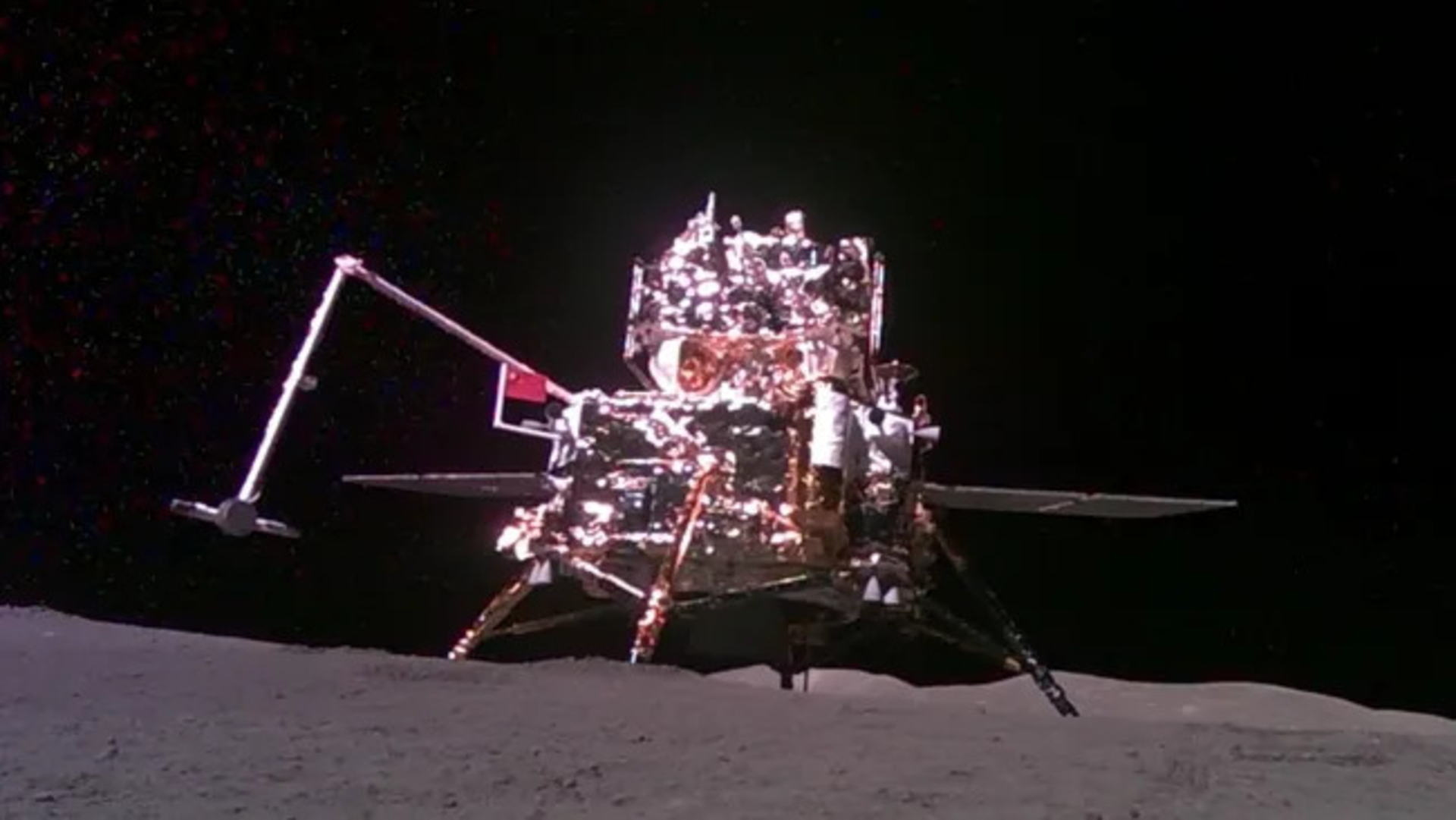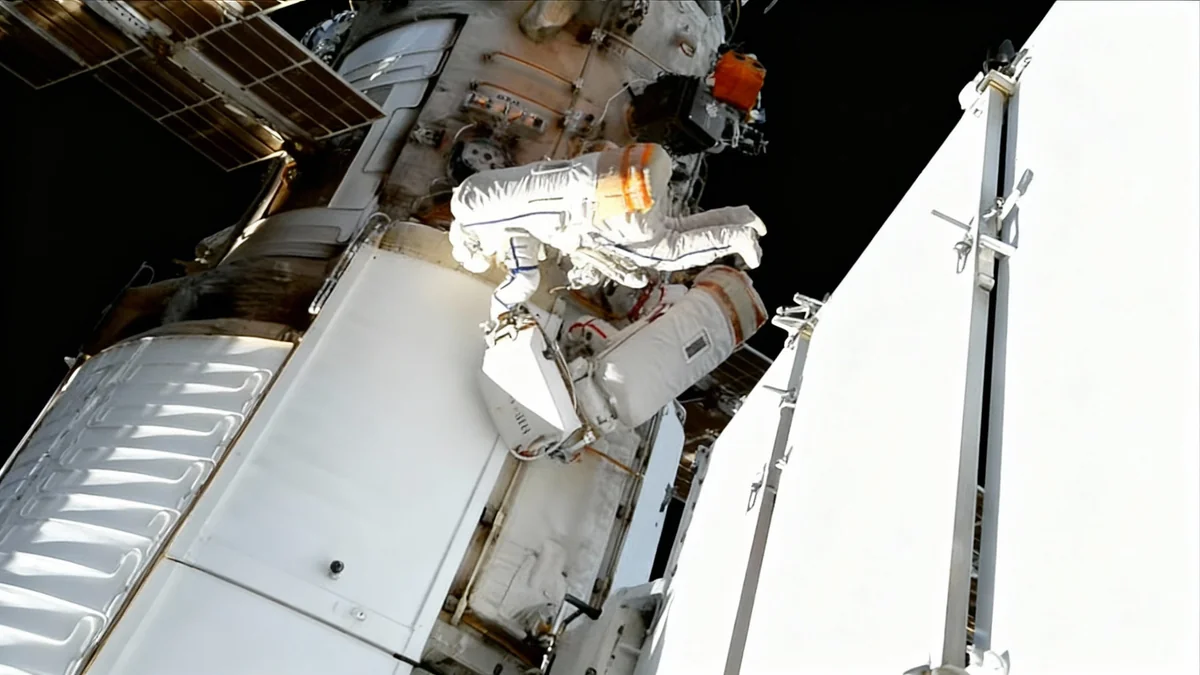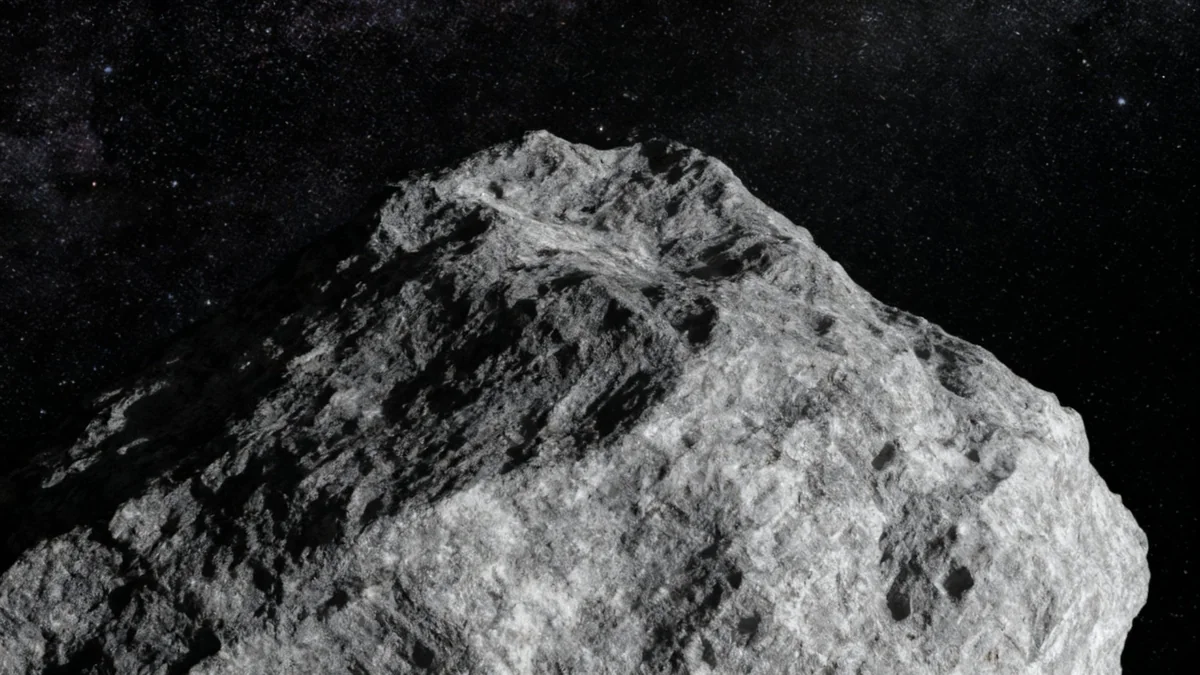Astronomers have discovered water in a young star system that is billions of years older than the star itself. This finding, based on observations of the V883 Orionis system, provides the first direct evidence that water molecules can survive the violent process of star formation and be passed down to developing planets.
The research suggests that a significant portion of the water on Earth, and throughout our solar system, likely originated from ancient interstellar ice that predates our own sun. This discovery has profound implications for understanding how the essential ingredients for life are distributed across the universe.
Key Takeaways
- Astronomers detected ancient water in the planet-forming disk around the star V883 Orionis, located 1,300 light-years away.
- The water's chemical signature indicates it formed in an interstellar cloud long before the star ignited.
- This is the first direct observational evidence that water can be inherited by a planetary system from interstellar space.
- The finding supports the theory that Earth's oceans were seeded by icy comets and asteroids carrying this ancient water.
A Discovery 1,300 Light-Years Away
A team of researchers used the Atacama Large Millimeter/submillimeter Array (ALMA) in Chile to study V883 Orionis, a young star still surrounded by a disk of gas and dust where planets are expected to form. This system provided a unique laboratory for tracing the journey of water from its interstellar origins to a planetary nursery.
The observations, detailed in the journal Nature Astronomy, focused on identifying the chemical composition of the water vapor within this disk. This analysis allowed the team to effectively date the water relative to the star's formation.
Tracing Water's Cosmic Journey
For decades, scientists have debated the origin of Earth's water. One theory suggests it was released from the planet's interior through volcanic activity. Another prominent theory proposes that water was delivered to a young, dry Earth by collisions with comets and asteroids. This new study provides strong evidence supporting the latter, showing that the water carried by such objects is truly ancient.
According to the study, the water molecules observed today in the V883 Orionis disk are the very same ones that existed in the cold, dark molecular cloud that collapsed to form the star. They survived the intense heat and radiation of star birth, remaining intact to become part of the material that will eventually form planets, moons, and comets.
The Clue in "Heavy Water"
The key to this discovery was the detection of a specific type of water known as "heavy water." This variant contains deuterium, a heavier isotope of hydrogen. The team measured the ratio of regular water to its deuterated forms, which acts as a chemical fingerprint indicating its origin.
Water formed in the cold, dense environment of an interstellar cloud has a distinctly high ratio of deuterated water. If the water in the V883 Orionis disk had been destroyed and reformed after the star was born, this ratio would be much lower. Instead, the astronomers found a high concentration, matching levels seen in interstellar clouds and even in comets within our own solar system.
What is Doubly Deuterated Water?
The specific molecule detected was doubly deuterated water (D2O), where both hydrogen atoms are replaced by deuterium atoms. Its abundance is a reliable tracer of formation conditions, as it forms much more efficiently at the extremely low temperatures (around -250°C) found in interstellar clouds before stars are born.
"Our detection indisputably demonstrates that the water seen in this planet-forming disk must be older than the central star and formed at the earliest stages of star and planet formation," stated Margot Leemker, lead author of the study from the University of Milan.
This high ratio is compelling evidence of inheritance. The water was not created in the disk but was passed down from a much earlier cosmic era. This direct link between interstellar ice and a planet-forming system had never been observed before.
Implications for Earth and the Search for Life
This finding significantly strengthens the connection between water in our solar system and the vast reservoirs of ice in interstellar space. It suggests that the water we drink and that fills our oceans may have embarked on a cosmic journey lasting billions of years before Earth even existed.
John Tobin, a co-author from the National Science Foundation, explained the significance of this link.
"Until now, we weren’t sure if most of the water in comets and planets formed fresh in young disks like V883 Ori, or [originated] from ancient interstellar clouds," he said. The study provides a clear answer: the water is inherited.
This has profound implications for the potential for life elsewhere in the universe. If water, a fundamental ingredient for life as we know it, can routinely survive the chaotic process of star formation, then countless other planetary systems may also inherit this life-giving resource.
Water's Resilience as a Carrier for Life
The study also highlights water's remarkable stability. Observations of the V883 Orionis disk show that other organic molecules appear to have been altered by the star's heat and radiation. The water, however, remains pristine, preserving its ancient chemical signature.
This resilience suggests why water is such an effective solvent and transport medium for the raw materials of life. It can endure hostile environments that would break down more fragile organic compounds, ensuring that the building blocks for life can be safely delivered to newly forming planets.
The discovery paints a picture of a cosmos where the ingredients for life are not just created locally but are passed down through generations of stars. Every glass of water may contain molecules that are truly ancient, connecting us to the cold, dark clouds that existed long before our sun began to shine.





